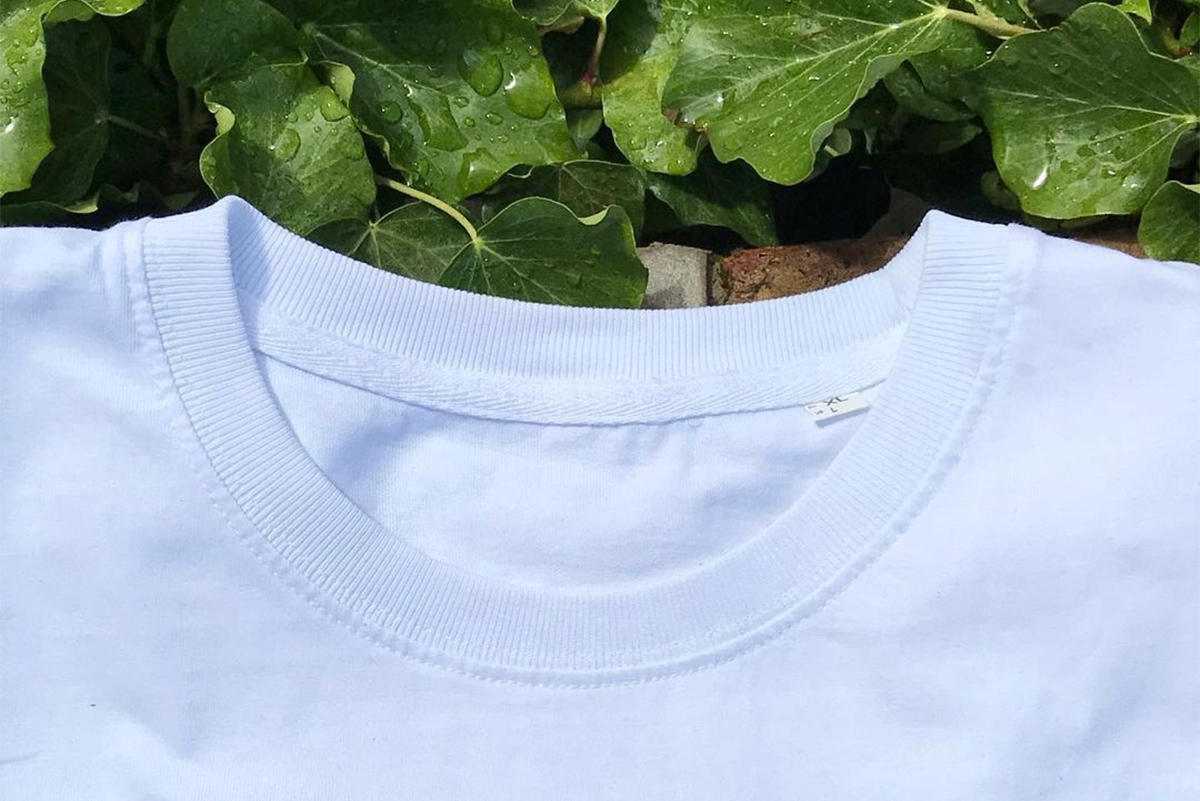
Though they might not be at the forefront of your mind when it comes to creating your garment, respecting Intellectual Property Rights is a key part of creating any successful design. It’s important to be aware of the ins and outs of what these entail so you can avoid infringement, so with that in mind we’ve put together this guide to our Intellectual Property Policy. Think of these as a step to tick off at your design stage and you’ll stay on the right track.
Here we’ll delve into:
- What you agree to by uploading a design to Everpress
- The different types of Intellectual Property Rights
What You’re Agreeing To When You Upload A Design To Everpress
The onus for conducting the necessary due diligence when it comes to Intellectual Property Rights falls on the creator, so it’s up to you that you are comfortable taking any risks with your design. If Everpress is contacted by the rights holder of a design who believes their design has been copied by a creator, we must provide them with the contact details of said creator. By using Everpress, creators agree to deal with the rights holder or owner directly, meaning creators are fully liable for any infringement. In circumstances where infringement has occurred, we expect designs to be taken down from our site.
The following checklist breaks down in detail exactly the metrics intellectual property rights are judged by:
- Your content/design does not use any sign that is identical to a registered trade mark
- Your content/design does not use any sign that is similar enough to a registered trade mark that there could be a possibility of confusion
- Your content/design does not use any sign that another third party has goodwill in, and which your use could be a misrepresentation of
- Your content/design does not use a registered design (in whole or part) in a way which could create the same overall impression on the informed user
- Your content/design has not copied an unregistered design (in whole or part) in a way which could create the same overall impression on the informed user
- Your content/design has not copied the copyright of another third party (in whole or part)
- Your content/design does not refer to an individual (whether alive or dead) or a company in a slanderous or libellous way, in any manner that would damage their reputation, or in a way which would imply a false endorsement or association
Different Types of Intellectual Property Rights
It’s also worth getting to know the different types of property rights that exist, so we’ve detailed exactly what different rights mean in terms of their original design.
Registered Trade Mark (TM)
Registered Trade Marks, or ‘badges of origin’ are signs that indicate the origin of goods and services. Or to put it another way they’re the signature symbol or logo that a brand uses to identify itself by – think the Nike tick, the McDonald’s M, or the Apple apple.
These signs become protected once they’ve been registered at an intellectual property office, and their protection can last indefinitely as long as the owner renews the TM every 10 years.
Unregistered Rights/Passing Off Claims
Some marks can still be protected even when they’ve not been officially registered. These infringements are pursued through a passing off claim, which investigates goodwill, misrepresentation and damage. An example of this involved Topshop recently using Rihanna’s image on a T-shirt, which was ruled to have falsely implied the singer’s endorsement of the garments.
Registered Designs (RD)
Designs can be protected once they’ve been registered at an intellectual property office. Under English law, Registered Design rights cover “the lines, contours, colours, shape, texture or materials of the product or its ornamentation.” In the world of garments good examples of Registered Designs include sneakers.
Unregistered Design (UDR)
Unregistered Design Rights kick in as soon as the design is first made available to the public, and are automatically in favour of the designer once the design is made or recorded. In the UK these only cover 3D shapes, so don’t really factor into designs printed onto garments, but in the EU these protect the appearance – including lines, contours, colours, shape, texture, material and ornamentation – of a product, so become more relevant.
Copyright
Copyright can apply to a whole range of original artwork, including designs, drawings and photographs. Typically, whoever created the work owns the copyright. The most common exception to this being when an employee makes work in the course of their employment; in this case the employer owns the copyright. Generally, copyright starts from the date the work was made, and lasts until 70 years after the creator dies.
Copyright specifically protects against copying, so in cases where similar works are made and it can be proven one has not influenced the other, or they were made at the same time, then copyright does not apply.
Copyright is also not just about an entire work, but applies to individual parts of the work too. This means if part of a logo, for instance, has clearly been copied, then copyright infringement could apply.
For any further questions you might have about your design, please do not hesitate to contact a member of our team.


